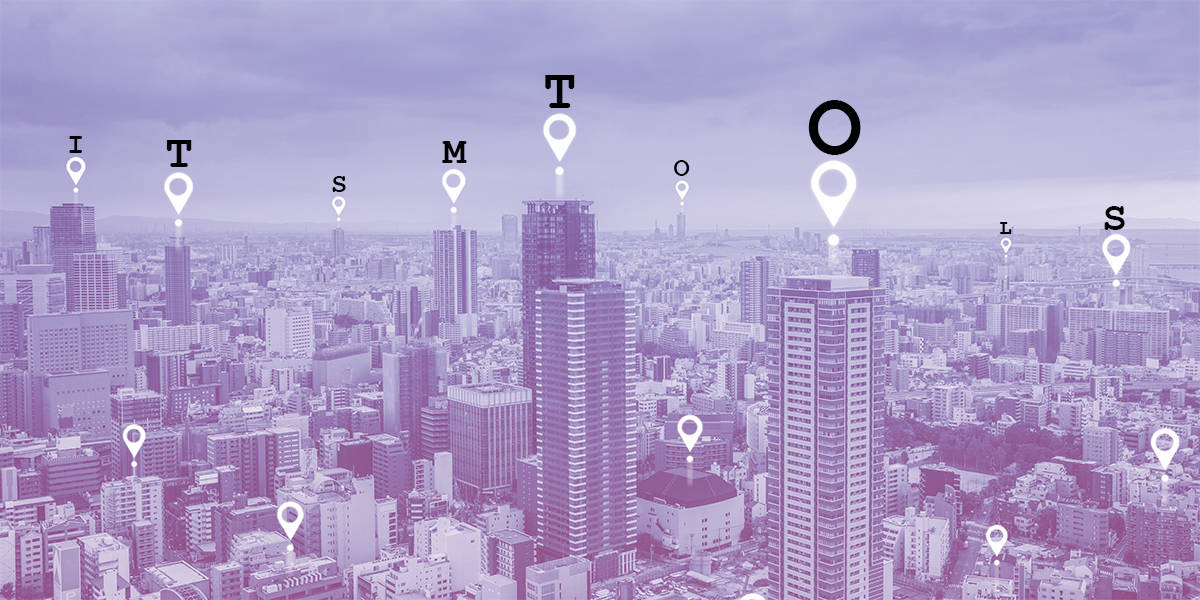The COVID-19 crisis has been a big challenge for most organizations, with the need for suitable technological capabilities – to enable the new ways of working – a significant part of the various solutions employed to address its impact. This in turn places a heavy reliance on an organization’s IT service management (ITSM) capabilities and the ITSM tool that enables them – especially for IT support.
Of course, a big part of an IT service desk’s success is the people they employ and the processes they use. But the other factor that helps to lift an IT service desk from good to great is the use of a fit-for-purpose ITSM tool. And by “fit-for-purpose,” we don’t just mean that it offers all the required ITSM capabilities but that it delivers against all that the IT service desk needs – from the ease of use, through making changes (including upgrades), to the total cost of ownership (TCO).
But many IT service desks still struggle with the ITSM tool they have, which contributes to the high level of tool churn that the IT support industry continues to see. If your organization is one of those still struggling, then this blog is for you – because we answer many of the key questions related to where we are with ITSM tools right now.
1. Have the drivers for ITSM tool churn changed in recent years?
The short answer is “yes, marginally.” With organizations moving away from, let's call them, negative causes of change to more positive causes of change. For example, seeking out additional capabilities rather than simply being disenfranchised with their current ITSM tool’s ability to deliver against their expectations. Sadly, though, many of the older issues – and causes of ITSM tool churn – still exist.
Often, it's because the ITSM tools fail to meet customer expectations and needs beyond the provision of ITSM process support. For example, in areas such as ease of use, the capabilities not meeting their exact needs, and TCO. All of which are valid. However, we need to be looking at the root causes of these issues rather than the symptoms alone. For example, a lack of focus in the RFP process or insufficient implementation investment, including in organizational change management tools and techniques.
2. What if your people dislike the ITSM tool but you can't afford to change it?
We’d suggest a staged approach to this issue. First, find out what’s disliked and why, then speak to the ITSM tool vendor to see if it’s really the tool or how it was implemented. If it’s the latter, then there’s the hope of salvation. If not, then it’s time to work on your exit strategy despite the lack of funding. One option is to work out the cost of not changing. For example, the extra work or sub-optimal activities and outcomes it causes, i.e. the opportunity cost. Another option is to take a different tack to change. For example, either promoting the opportunity of enterprise service management or the opportunities to do ITSM things better and the positive business impact that these new capabilities will bring.
3. What’s the most important ITSM tool selection criterion?
There are many to choose from, but we’d back the quality of the customer-vendor relationship. The ability to work together to deliver a solution and success, not just to provide new software. So, speak with as many existing customers as possible about what works and what doesn’t in terms of their vendor relationship. And start out with success, not tool implementation, as your objective and end goal.
4. Will ITIL 4 adoption influence ITSM tool capabilities?
It’s hard to say right now because while people are taking the ITIL 4 exams, the stories of corporate transitions from ITIL v3 to ITIL 4 are yet to surface. However, there is an important factor to bear in mind here – that the addition of ITIL-4-based capabilities to ITSM tools will be dependent on the level of customer and prospect demand. For example, if customers are calling for better versions of what they currently use rather than the addition of new capabilities, then ITSM tool vendors will deliver against this need rather than adding ITIL 4 capabilities on the off chance that customers will use them.
So, these are our answers to a number of key ITSM tool questions. If you’re happy with your ITSM tool and how it improves your business’ operations and outcomes, then please share any tips you might have for ITSM tool success in the comments section below.
If you’re looking for a new ITSM tool to help with the handling of the COVID-19 crisis and beyond, then please take a look at the InvGate COVID-19 Response Program where we’re offering free licenses to both new and existing customers to help them through these difficult times.

